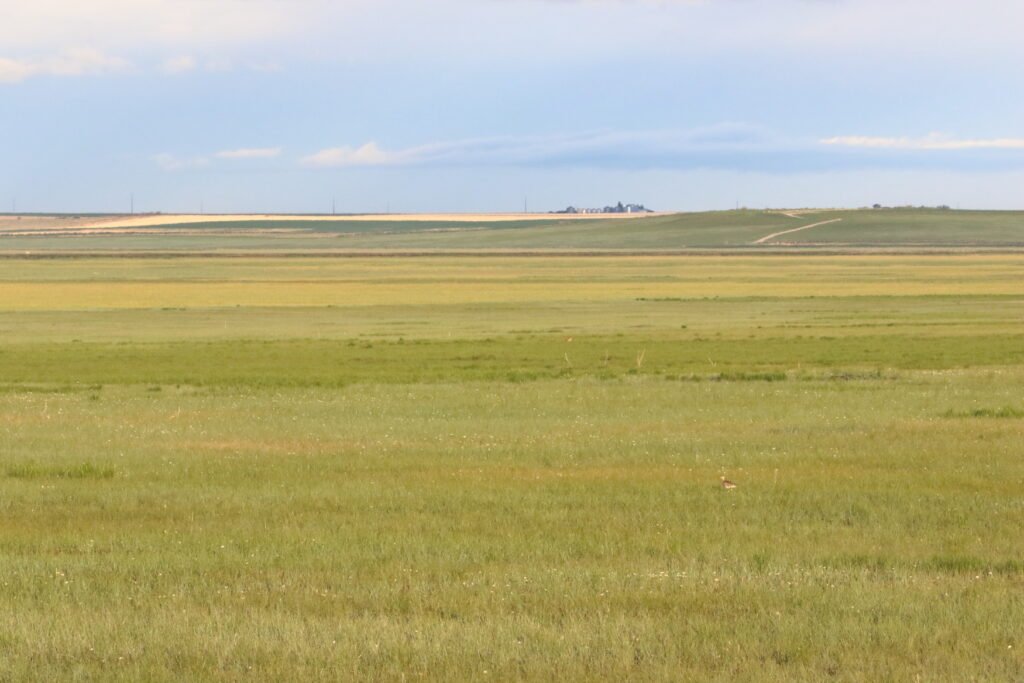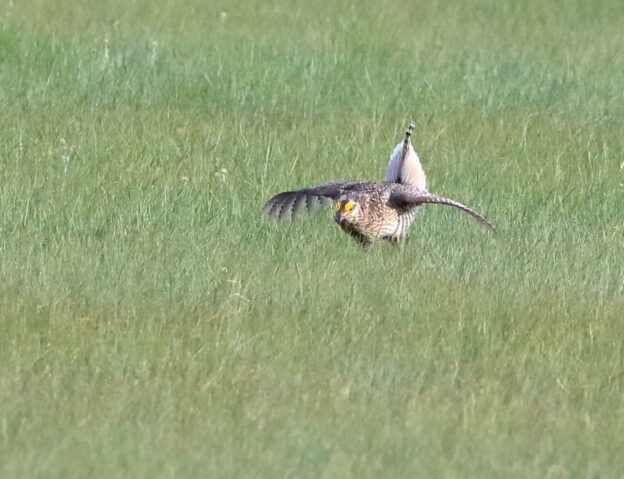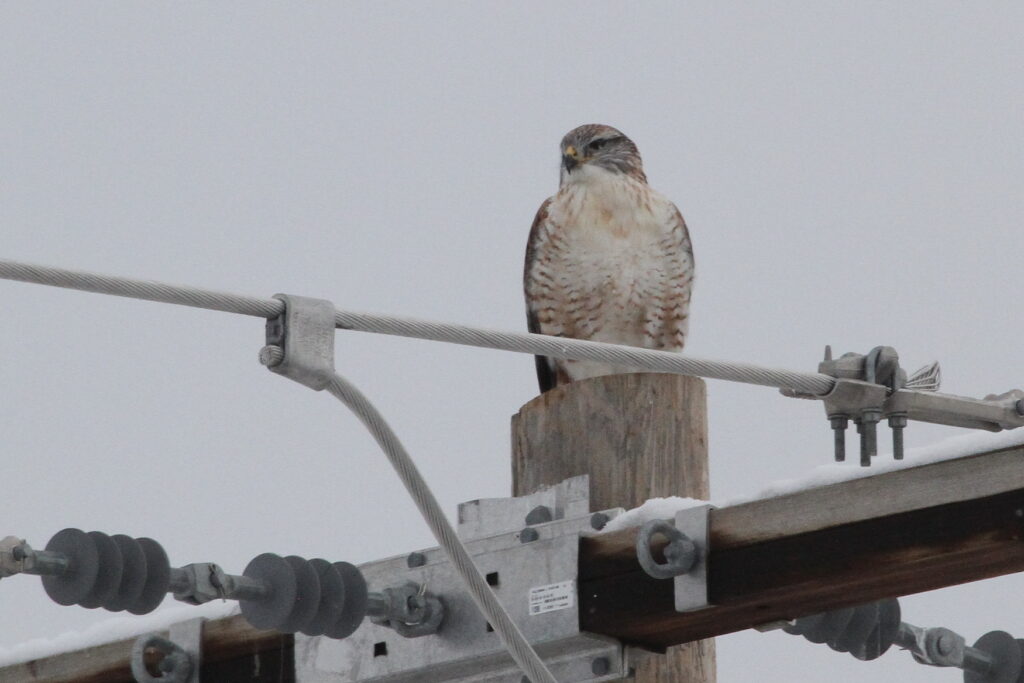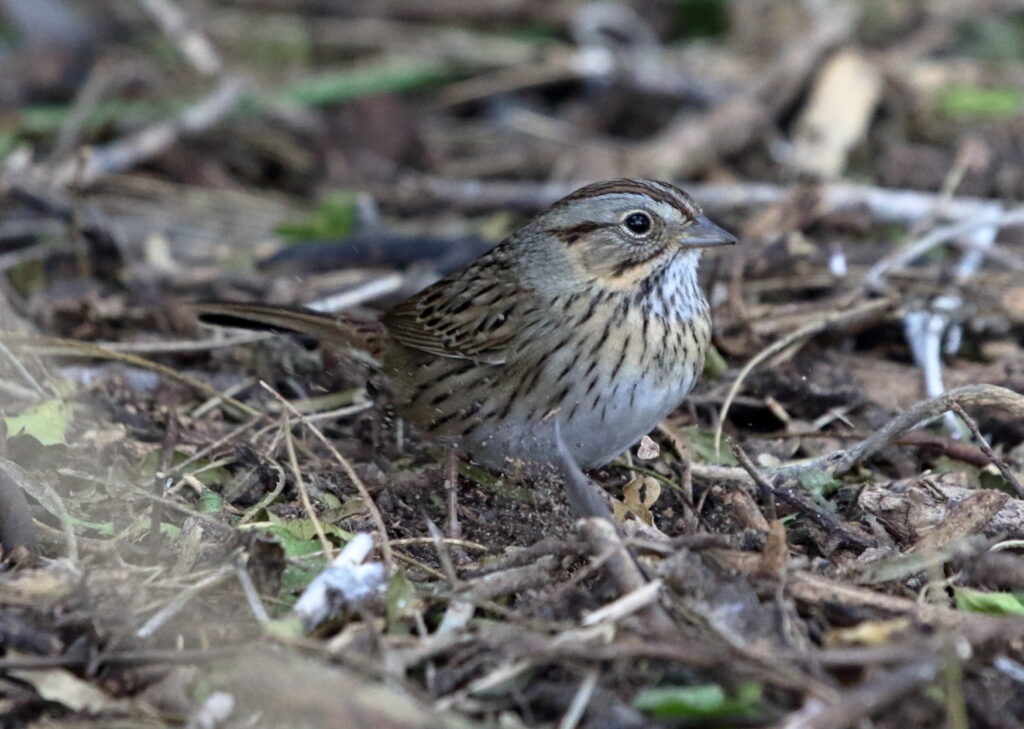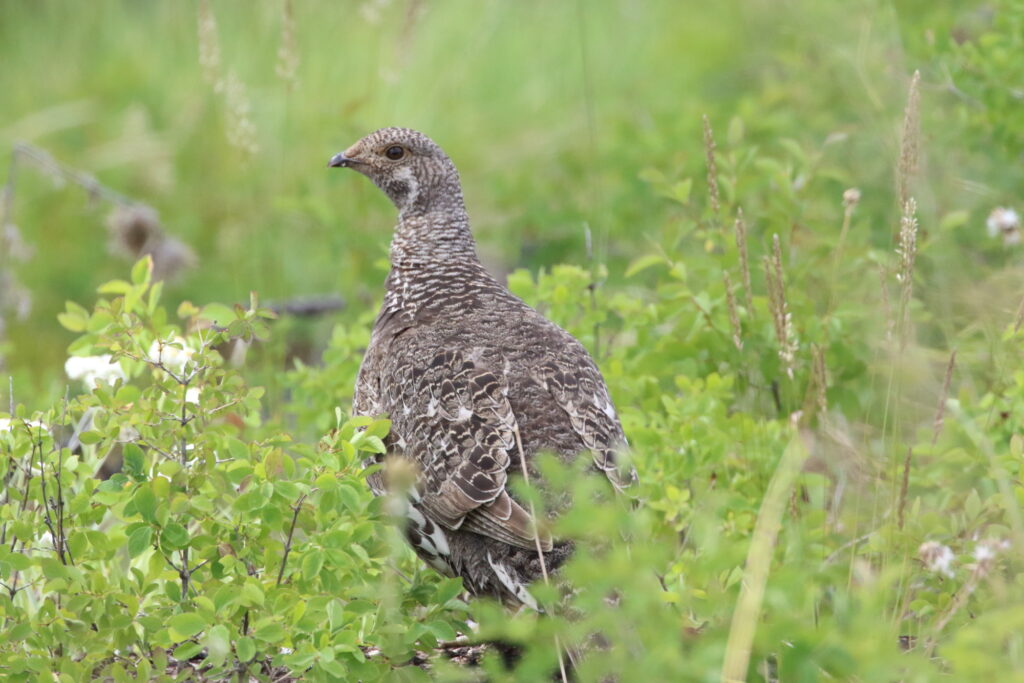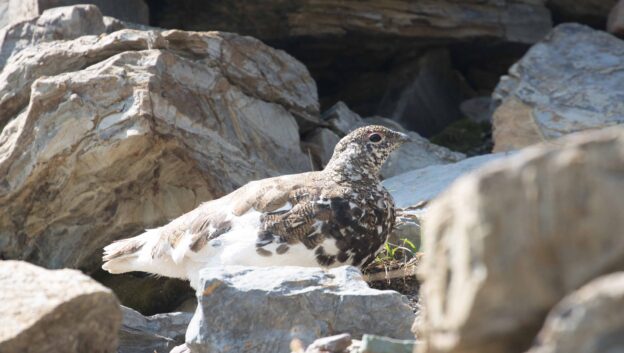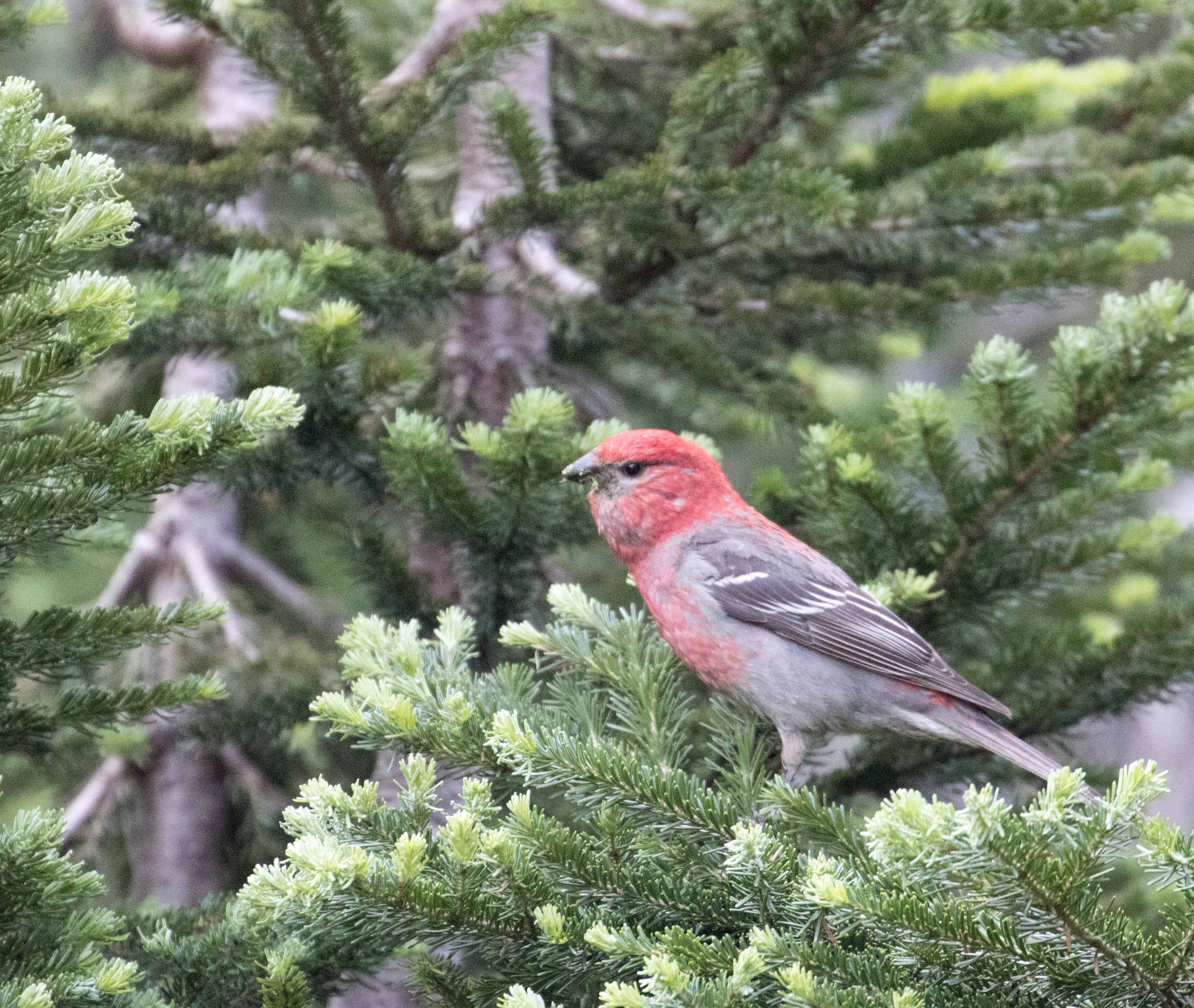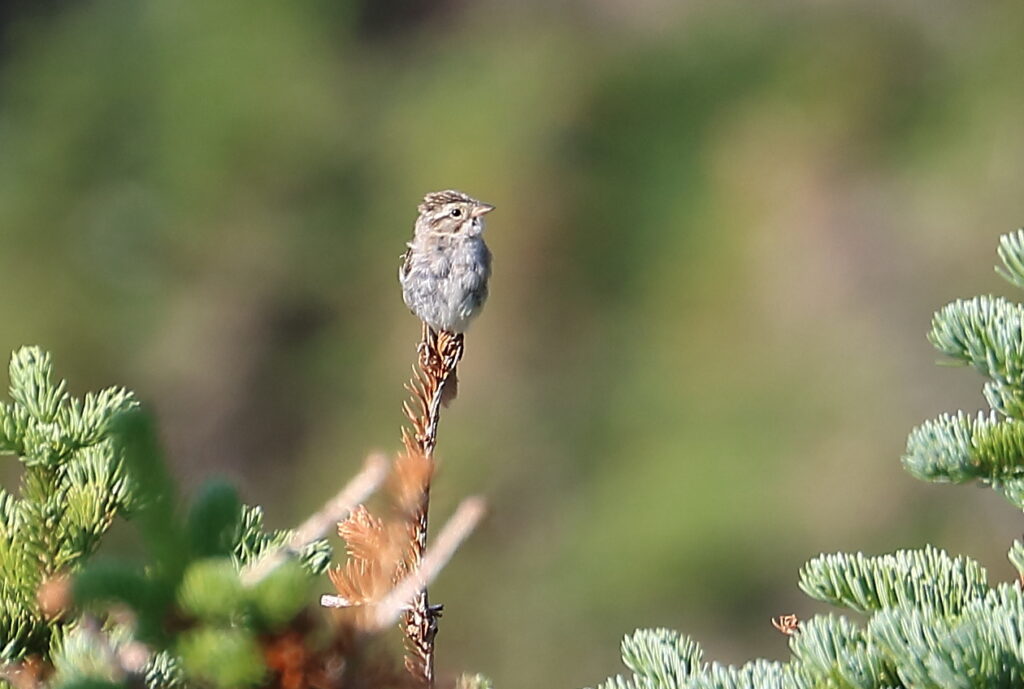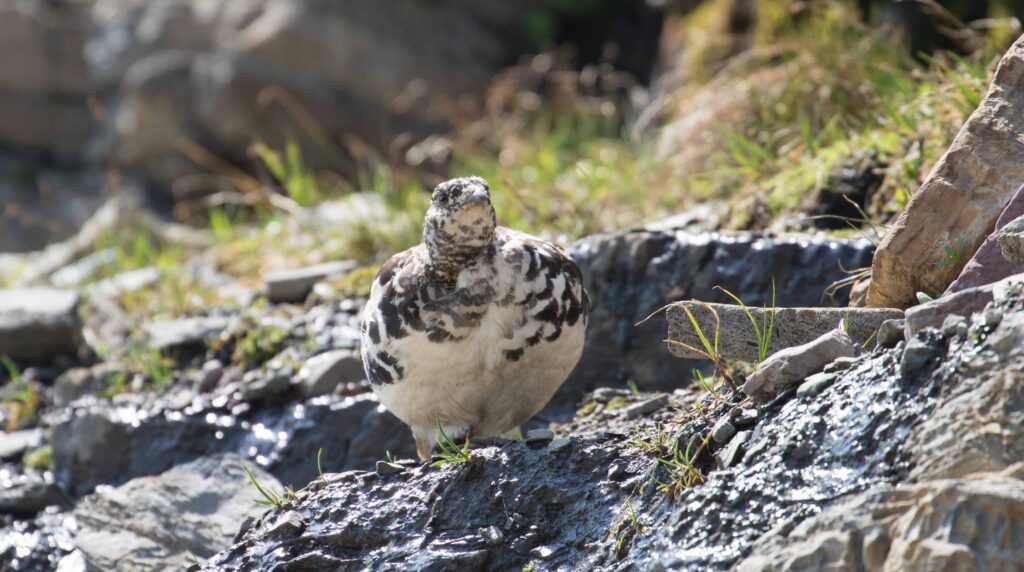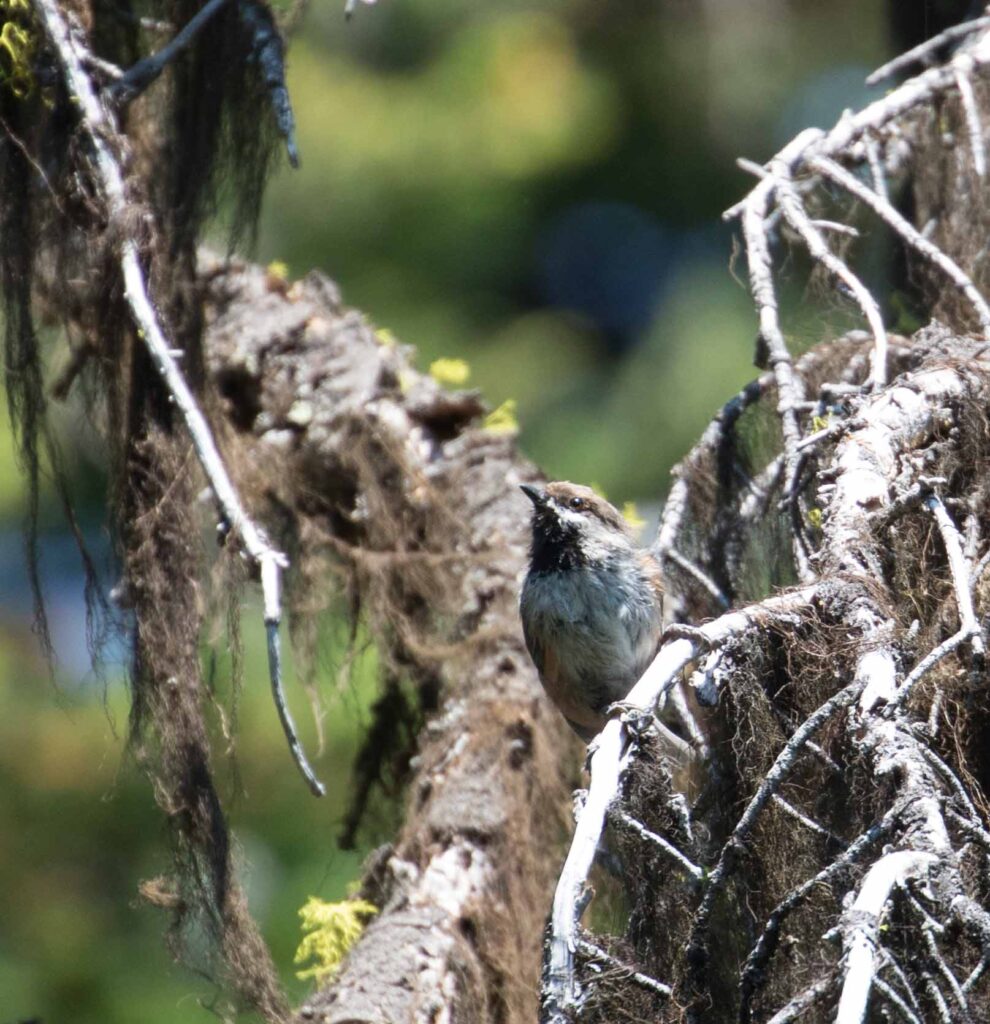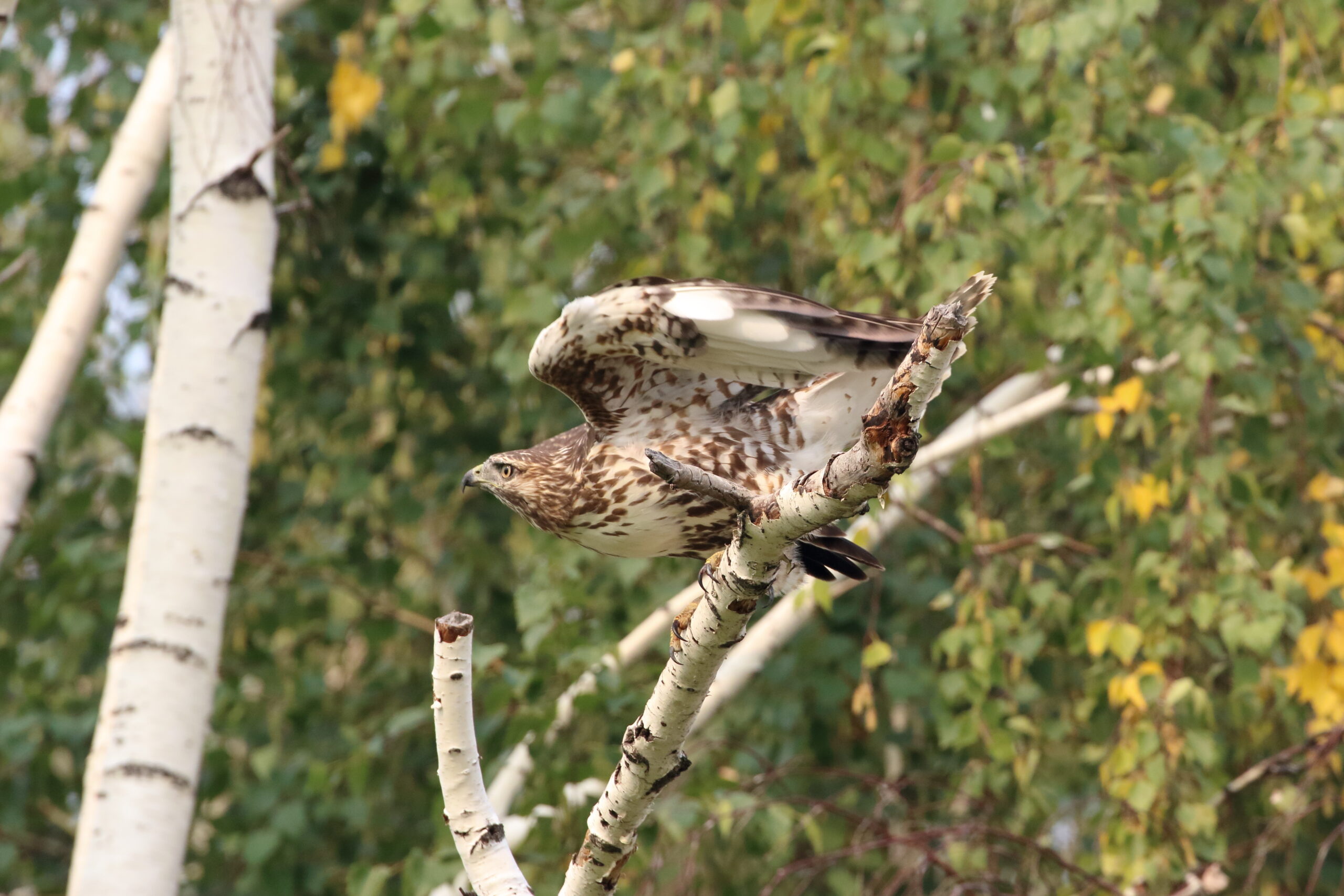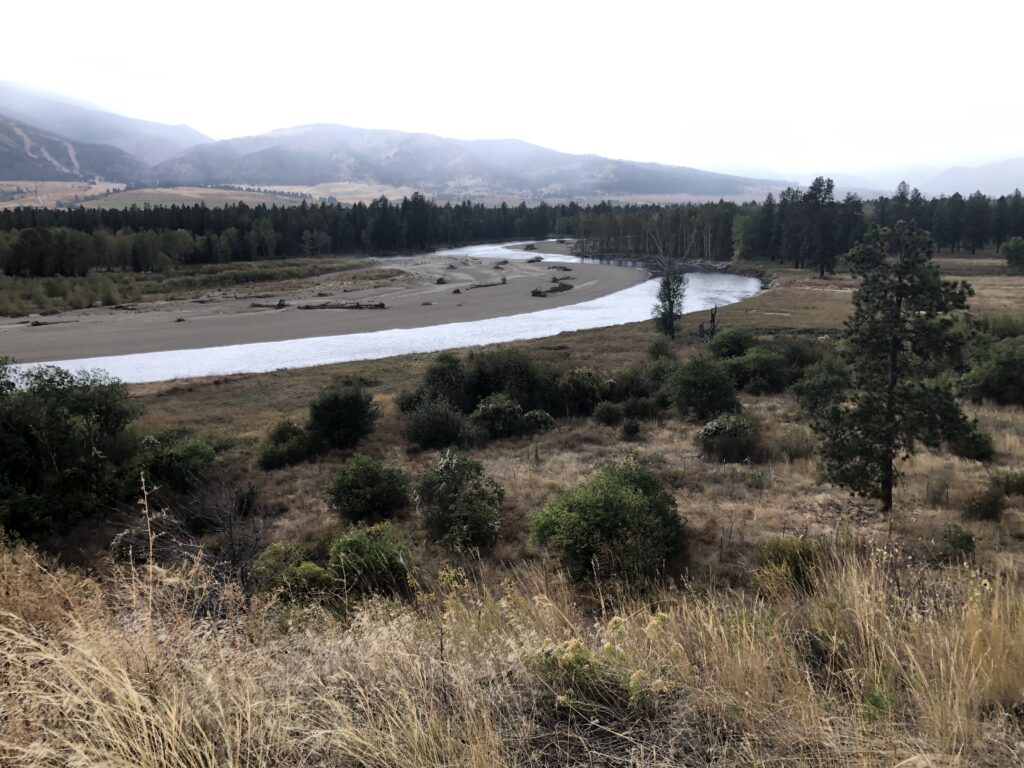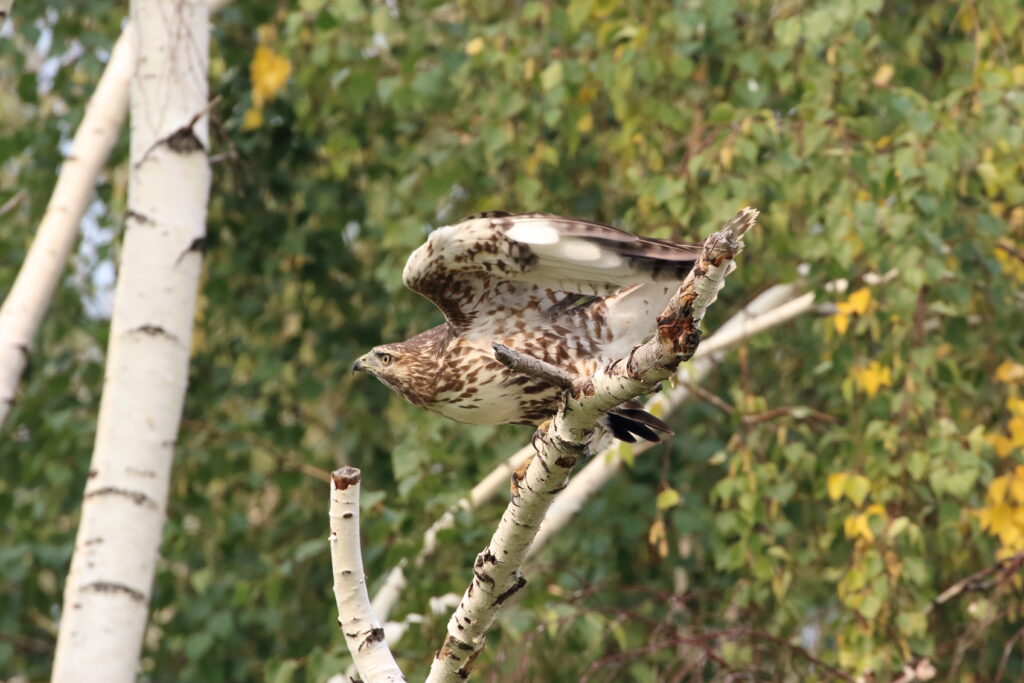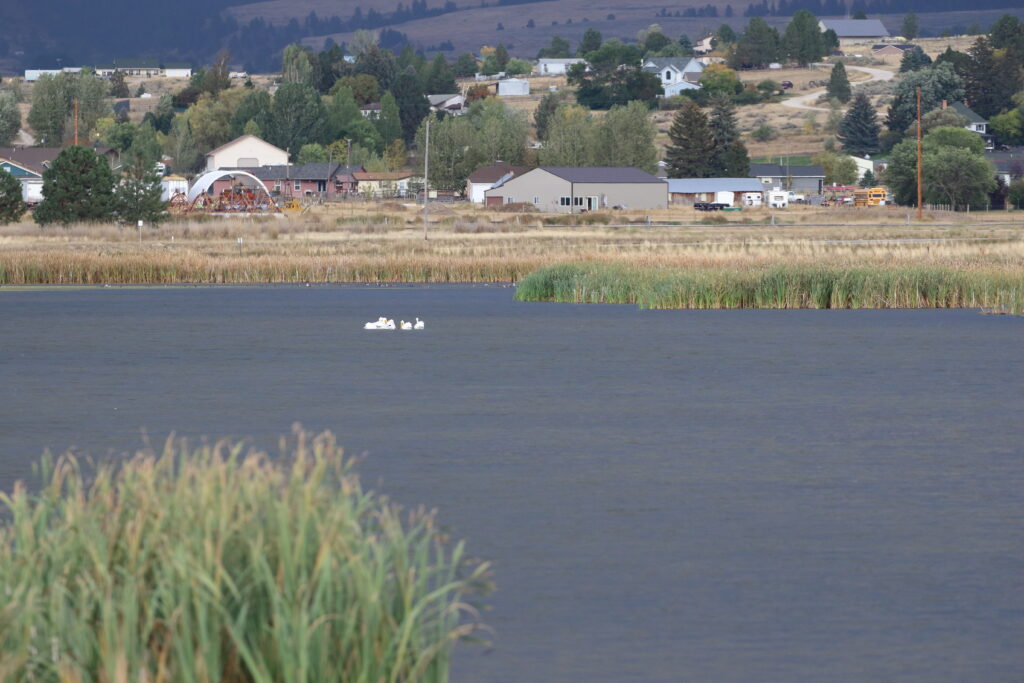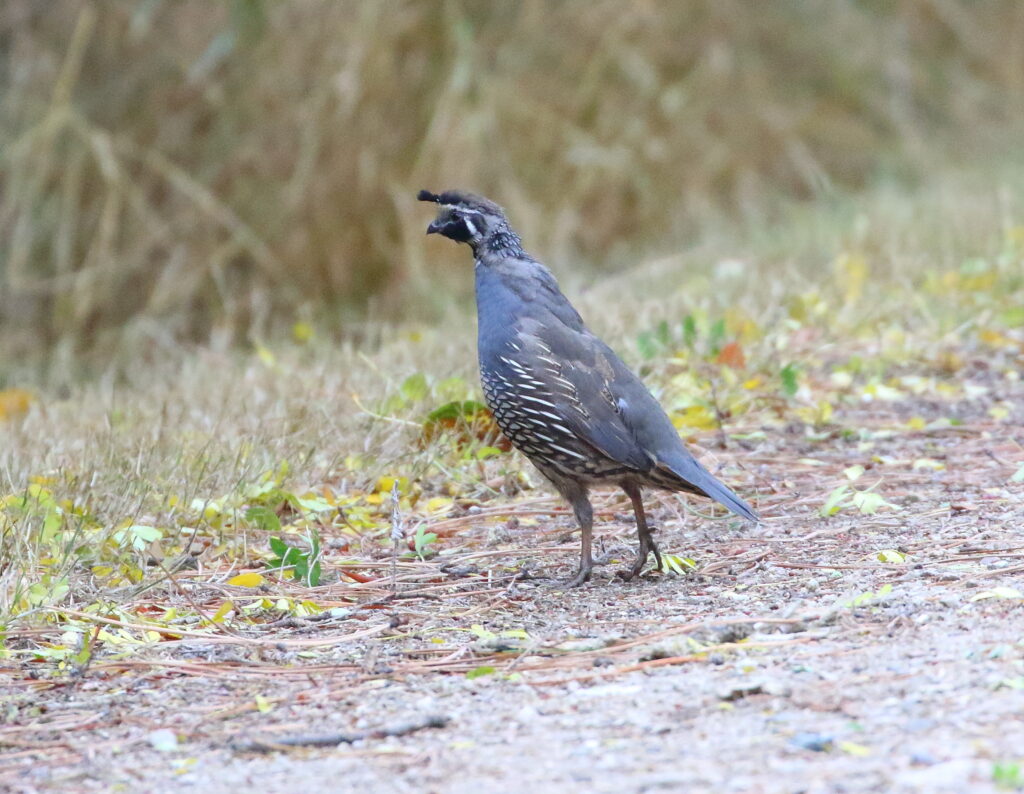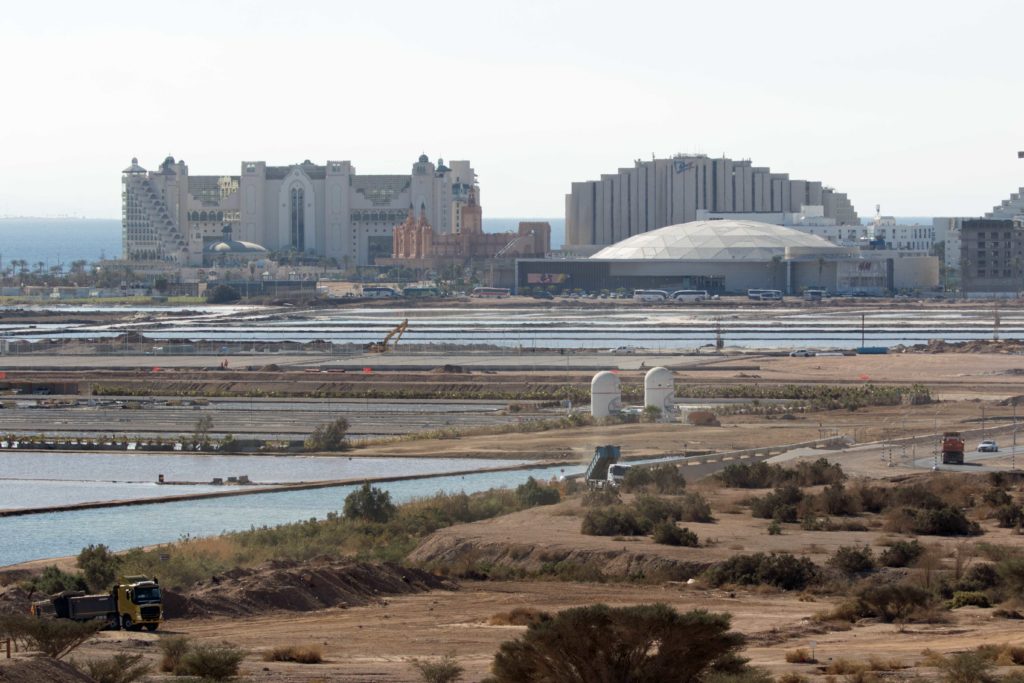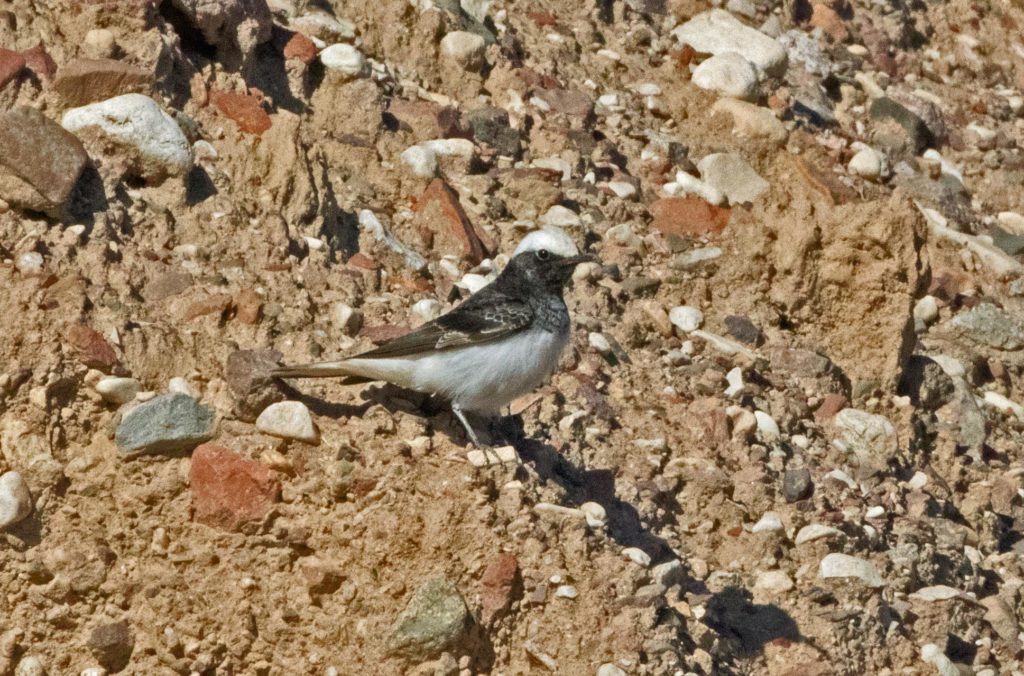After speaking at the inaugural Billings Kid Lit Festival (see Billing’s Riverfront Park: Montana’s Premier Songbird Hotspot?), I awoke at 4:30 the next morning and hit the road by 5:15. My plan was to book it to Bowdoin National Wildlife Refuge and start driving around the lake by 8:30. The problem? I kept passing ponds with birds in them—and I, of course, had to stop to find out what they were! My efforts were rewarded with a variety of ducks, Wilson’s Phalaropes, American White Pelicans, Sandhill Cranes and more, but delayed my arrival at Bowdoin until 9:30. Then, even greater disaster struck: I ran into way more birds than I expected at the Bowdoin visitor’s center—including both male and female Baltimore Orioles!
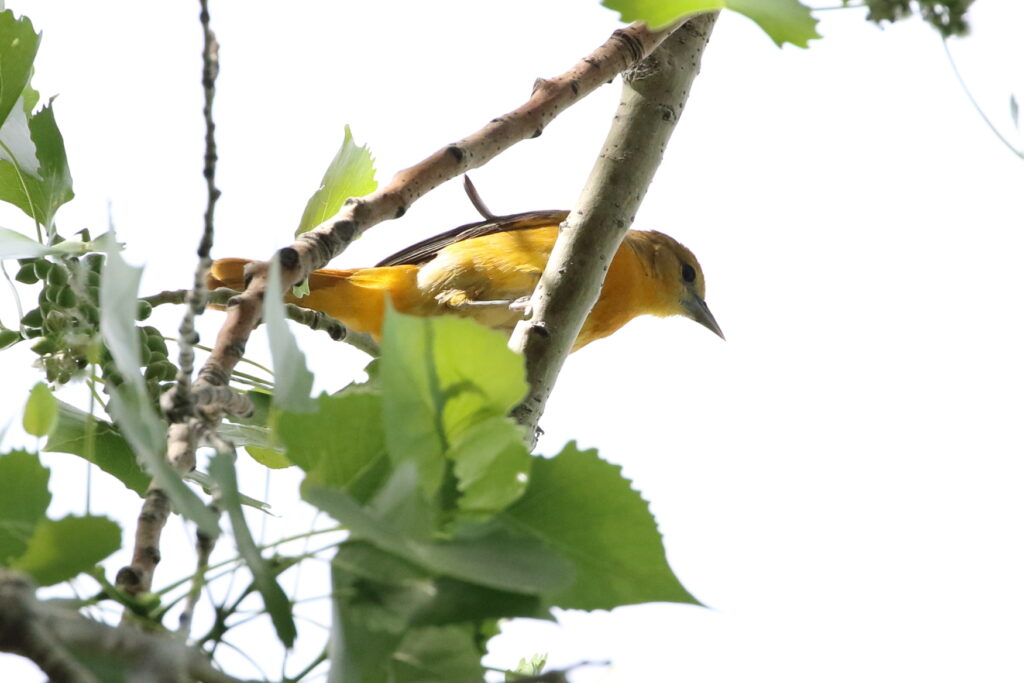
Finally entering the first five-mile stretch of the loop, I was shocked by how much of the lake had been sucked dry by eastern Montana’s multi-year drought. This really was a disaster and I wondered if I would even find any place conducive to water birds. Meanwhile, I encountered great grassland birds including Long-billed Curlews, Loggerhead Shrike, Chestnut-collared Longspurs, Lark Buntings, and Grasshopper, Vesper, Clay-colored, and Savannah Sparrows. Finally, near the end of the lake, I found water but at pathetically low levels. A much-vaunted Cassin’s Sparrow (discovered by Joshua Covill, I believe) had been observed repeatedly at about Mile 7 of the loop and I ran into Robin Wolcott and her husband who had driven over from Big Fork to see it. While we stood there, Robin did hear the sparrow, but with my crummy ears I couldn’t be sure so didn’t count it. I also had many miles to drive so I kept on truckin’, driving the three hours to Great Falls.
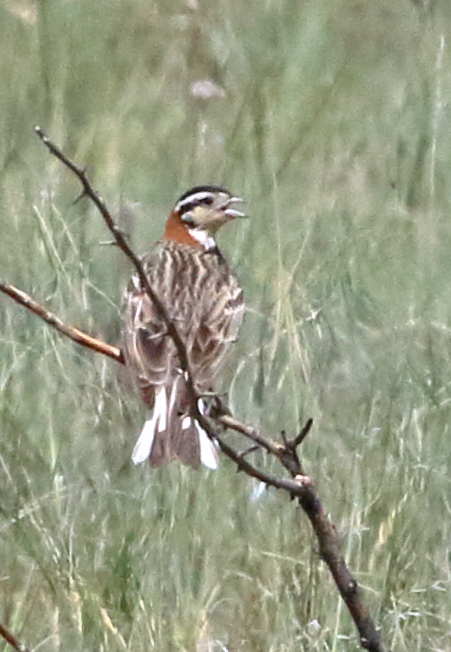
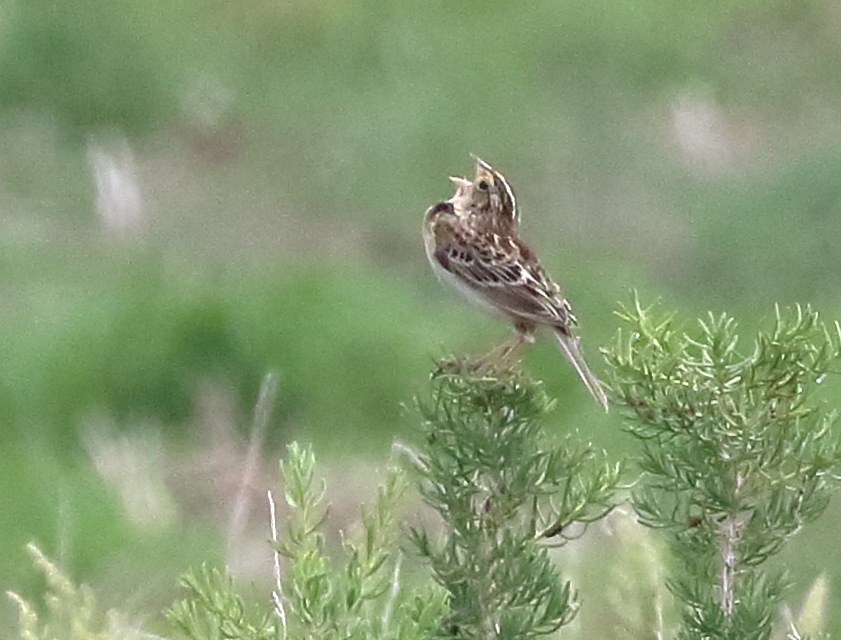
The next morning I again woke early, loaded up the car and arrived at Benton Lake NWR as dawn filtered over the prairie. After the dry conditions at Bowdoin, I fretted about Benton Lake—but my worries were hijacked by what may have been the most astonishing grassland birding experience I’ve ever had. It began with a sighting of a Long-billed Curlew in flight, always a welcome bird. Then, I saw other large shorebirds and stopped to behold the incredible courtship displays of Willets, flying madly around emitting their haunting, looping calls over the prairie. Other curlews joined in and a Marbled Godwit briefly gave chase to a Willet. Meanwhile, meadowlarks sang and a pack of coyotes unleashed their insane yelping cacophony across the landscape—all in the dawn light.
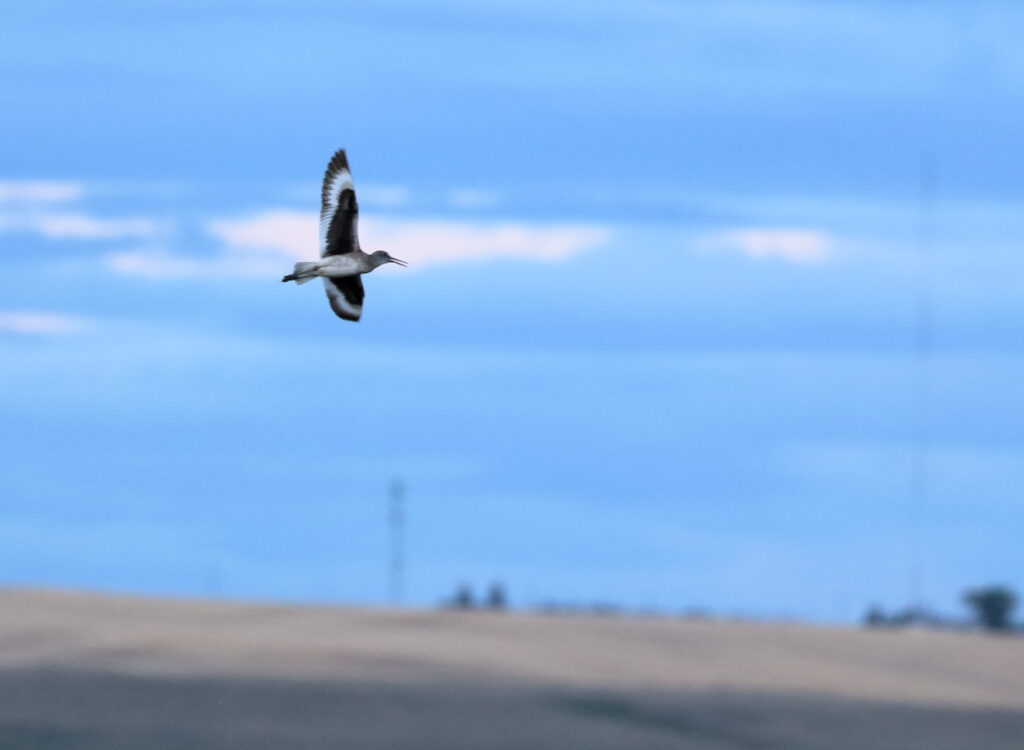
Suddenly, I spotted a small bird rising high into the sky in an obviously courtship display. “No way,” I excitedly muttered, struggling to focus my camera on the small black dot. My thought? That it could be one of the prairie’s most magical creatures, a Sprague’s Pipit! Alas, Nick Ramsey studied my photos later and suggested it was actually a Horned Lark, and after further study, I agree. Still, it was no less incredible—especially because I didn’t even know that Horned Larks make such displays!
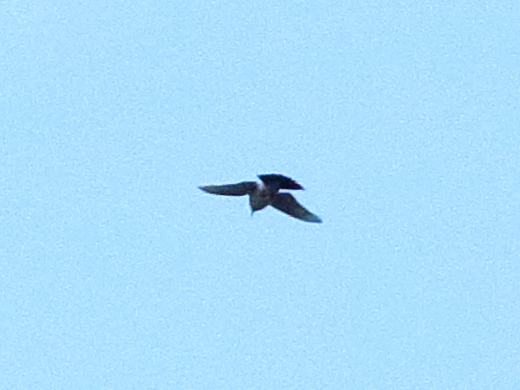
Passing the visitor center, I thought that I would finally make my way to the lake and start looking for water birds. Guess again. As soon as I turned right, down the dirt road, I stopped to look at juvenile Horned Larks and saw more Willets and curlews. Then, I spotted one of my top target birds: Upland Sandpipers! I had barely had a chance to look at them, when I saw another top target bird—a Short-eared Owl! As I was snapping some blurry photos of the owl, eight Sharp-tailed Grouse flew low across the road 100 meters in front of me and zoomed like cruise missiles across the prairie—something Braden and I had never seen at Benton Lake. But the best was yet to come . . .
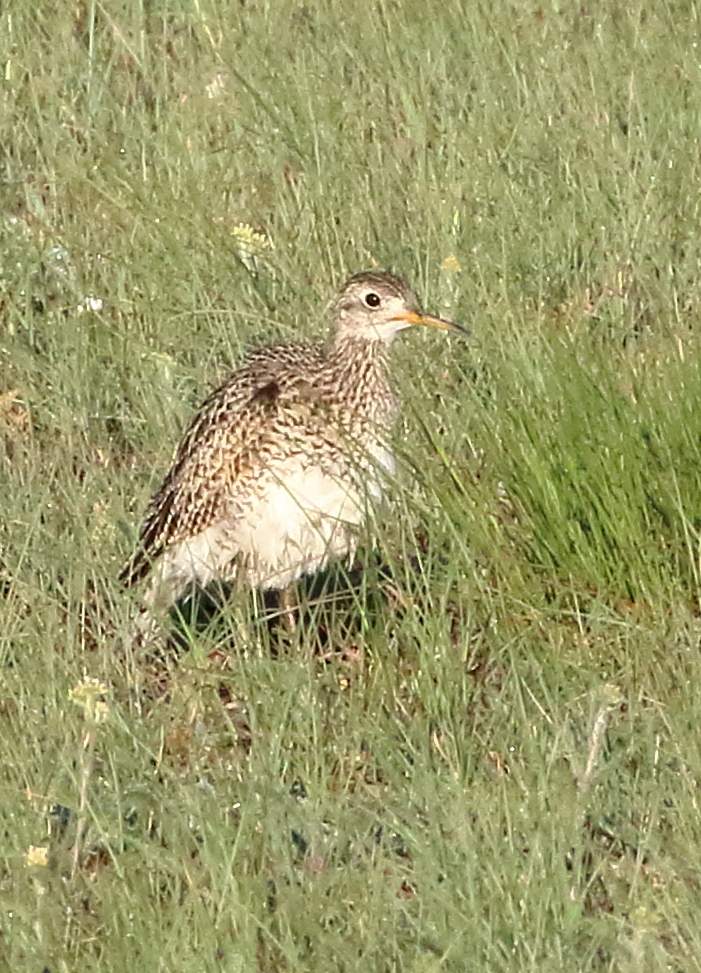
As I was watching the Short-eared Owl, I noticed a white spot perhaps a quarter-mile away. At first I thought it was some man-made structure, but then it moved. I drove closer and raised my binoculars to see a sight I had never in my life observed—a male Sharp-tailed Grouse in full “impress mode” trying to woo a nearby female! Fumbling for my camera, I was so excited that my hands actually shook, and I watched this chase-and-pursue courtship for the next ten minutes. Like so many birds recently, a displaying male grouse was something I never thought I would see, and yet here it was when I was least expecting it!
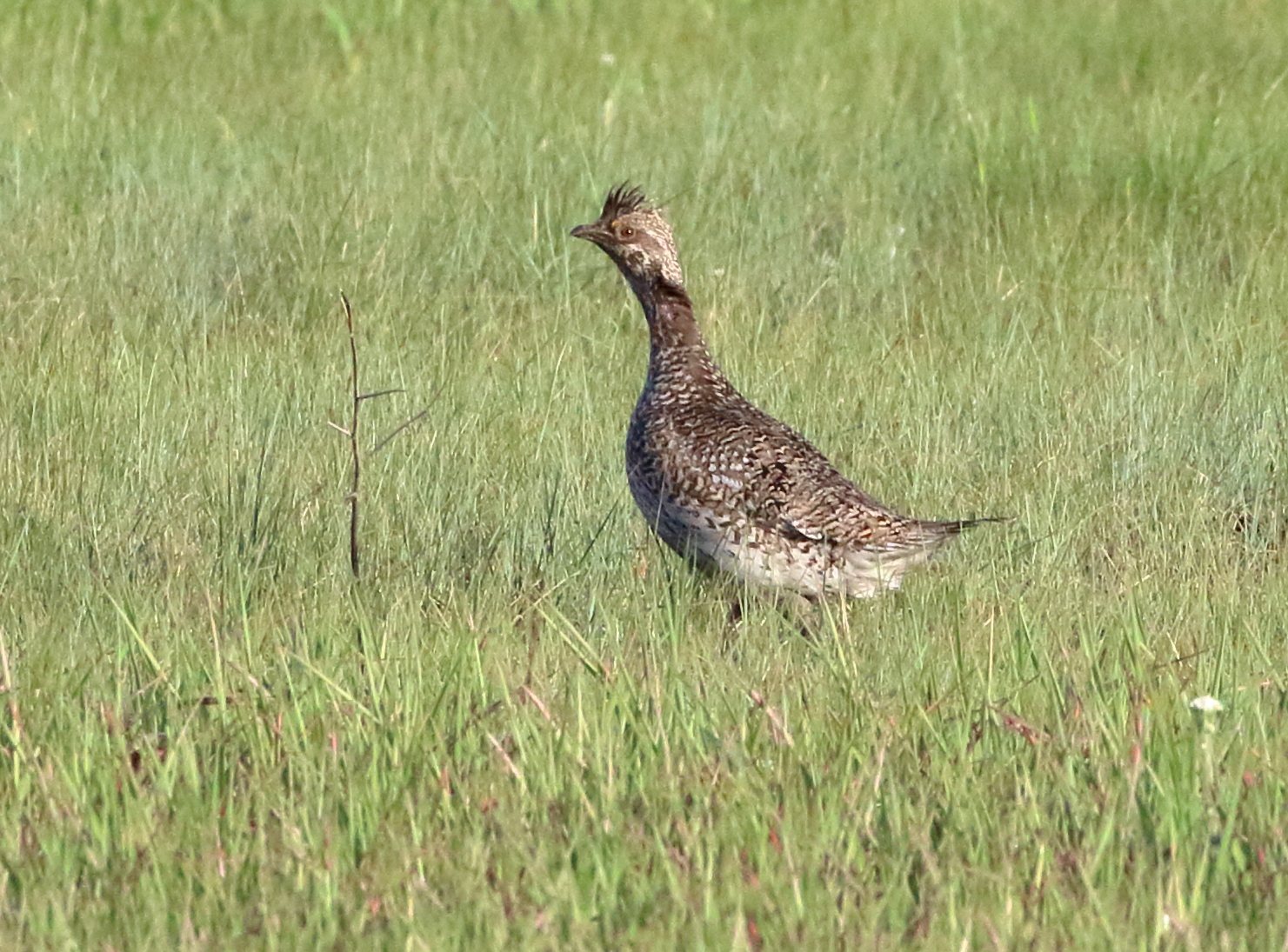
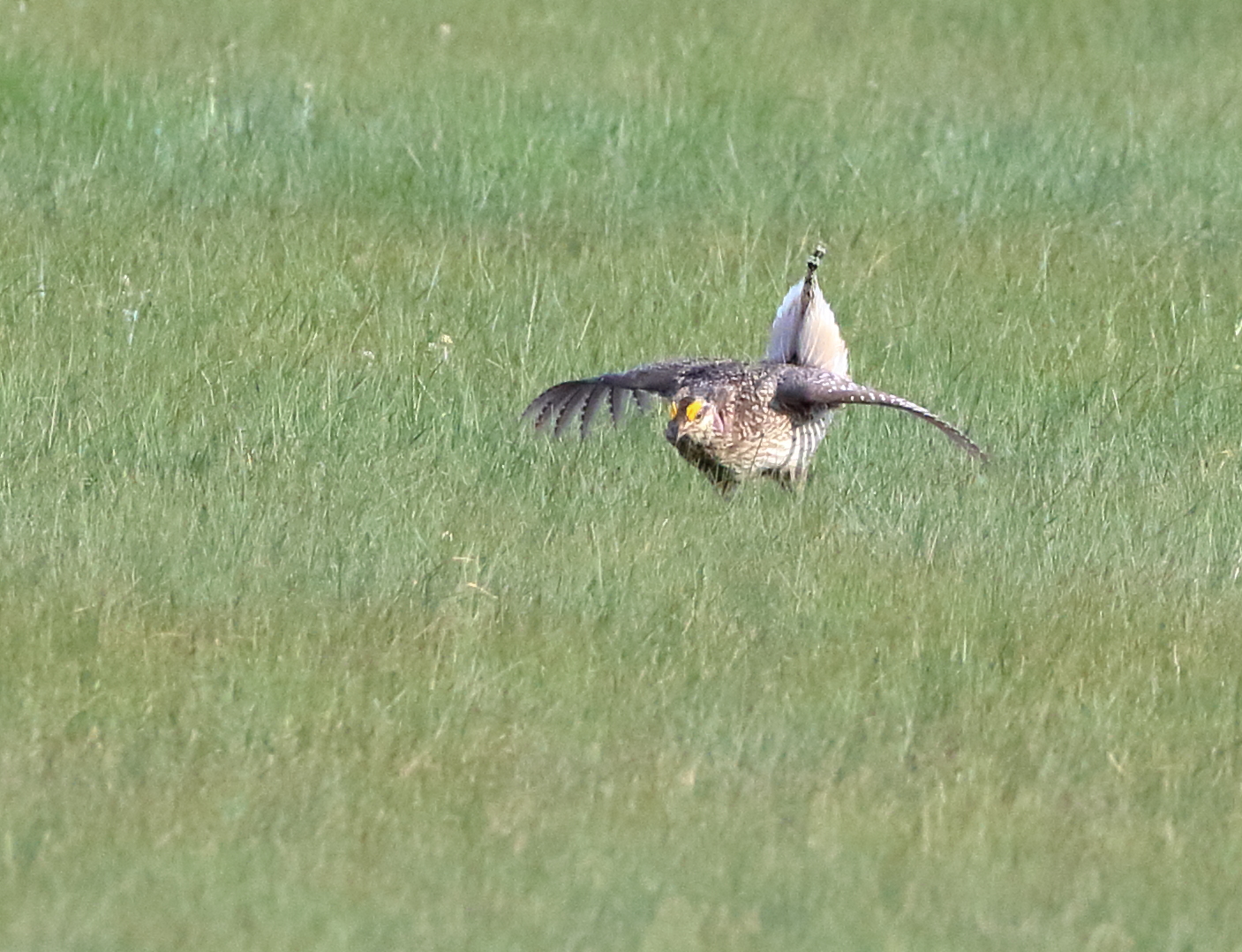
My heart still racing, I finally moved on, and was relieved to see water filling the two main ponds—along with thousands of avocets, ducks, Eared Grebes, Yellow-headed Blackbirds, phalaropes, Forster’s Terns, Franklin’s Gulls, White-faced Ibises and just about everything else I had hoped to see. Water levels looked good to me, but refuge manager Bob Johnson later told me that they struggled to keep the ponds filled. They had the water rights, he said, but it cost so much—think hundreds of thousands of dollars—to pump the water up to the refuge that they had run out of money. That makes it more imperative than ever to support increased funding for our refuges and other wild lands by calling or emailing U.S. Senator Daines and our other representatives.
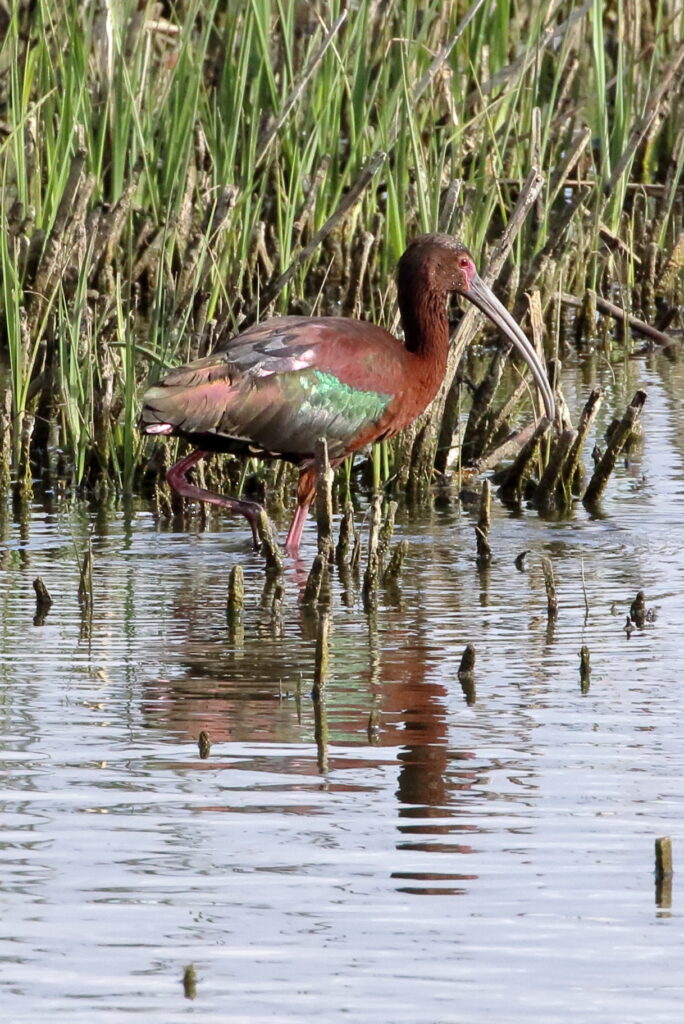
I had planned to continue on to Freezeout Lake, but after four breathless hours at Benton, I wasn’t sure my sensory systems could handle it. As I said, it was my most incredible grassland birding day ever, and certainly my best at Benton Lake, not just for the species I saw, but for the intimate observations of their natural behaviors as they repeated their ancient life cycles. What’s more, I didn’t see a soul the entire time I was on the driving loop. It gave me a real, reverent feel for what the prairies must have been like before we plowed, grazed, and harnessed the vast majority of them. My wish is that we continue to protect Benton Lake and other vital refuges—and that all of you reading this get to visit there on a summer sunrise of your own.
My Benton Lake eBird list Oh, and my species count for the trip totaled 110!
